Cadillac Super Cruise is Really Good, but Far From Perfect
A bunch of different car companies are currently trying to decide for you how exactly you’d like your car to drive you around.
There’s no standard for autonomous or even semi-autonomous driving systems — just a general SAE template describing the different levels of intervention required to operate computer-controlled vehicles — which means engineering teams at each automaker are keen to thrust their own particular point of view on the car-buying public and see how it sticks.
The Cadillac Super Cruise system is the perfect example. Available exclusively (for now) on the top-tier CT6 luxury sedan, Super Cruise is as unique as any other semi-self-driving setup you’re likely to find at any echelon of the market. I spent a week behind the wheel — but not always in control — of the Cadillac CT6 to get a feel for how the system functions in the real world.
Not Like the Others
There are three things that set Super Cruise apart from any other autonomous-type driving feature, one of which is obvious, and the other two more subtle, but equally important.
The most ballyhooed aspect of Cadillac’s Super Cruise is the fact that, unlike other lane-keeping or adaptive cruise control systems, you don’t actually have to keep your hands in contact with the steering wheel in order for it to function. Instead, SC uses a small sensor on the steering column to track the position of your head in order to ensure you’re still paying attention to what’s unfolding on the road ahead of you.
ALSO SEE: Does Cadillac Super Cruise Self-Driving Technology Actually Work?
It’s hard to say whether this is a net improvement over most other assisted driving implementations that require the weight of your hand — or at the very least, a duct-taped can of soda — to stay operational. Part and parcel of the promise provided by semi-autonomous cars is being able to relieve yourself of the burden of having to pay attention on long, boring stretches of highway, and I’m not sure that there’s any data out there proving that having your hands in your lap but your eyes front is less of a strain than keeping a hand dangling loosely from a spoke with your head turned to the side.
Legally, it’s a moot point, as most of the jurisdictions that have enacted laws against distracted driving aren’t going to care whether your car was driving itself or not when you were seen using your phone or shaving during your morning commute. It’s clear that you shouldn’t be reading a book while Super Cruise is activated, but I discovered that even if I spent a little too long looking at my passenger while engaged in conversation (roughly three seconds or more) the system would flash a warning at me and disengage.
Clear Communication
About that warning: perhaps the most impressive aspect of Super Cruise, for me, was just how easy it was to tell when it was working and when it wasn’t. This might sound like the lowest hurdle for any autonomous driving system to clear, but as I’ve discovered time and again — particularly with Volvo’s Pilot Assist — it can be tough to know what aspects of a vehicle’s self-driving suite are functional at any given time. This is often due to indicator lights and signals being buried at the bottom corners of gauge clusters, or not being clear on what the appearance or disappearance of certain icons actually meant in the context of operation.
The Cadillac CT6 offers no such ambiguities. When Super Cruise is active, a large green LED arc illuminates at the top of the steering wheel to tell you the vehicle has taken over the driving duties. When you tug on the wheel to interrupt its self-steering, the light turns blue to let you know that the system is still active, but that you’re currently in control — and when it gets mad at you for not paying attention, the light flashes green, green, green, and then turns red, indicating that Super Cruise will be disabled. The seat also rumbles, just in case you’re so disengaged from the ride that you miss the visual cues.
This is an enormous improvement over any other semi-autonomous system on the market and was, in fact, my favorite Super Cruise feature. There are a couple of caveats that go with it, of course: if you don’t intervene whatsoever even after you’ve been warned, Super Cruise will slow the CT6 to a stop in whatever lane it’s in, which arguably creates a different kind of dangerous situation. There’s also the detail that if SC decides you’ve been warned too many times within a given period, it will lock out self-driving entirely, effectively putting you in a “drive for yourself” time-out.
Mapping the Future
The final big difference between Super Cruise’s SAE Level 2 driver assistance system and the rest of the pack is its reliance on hyper-accurate mapping. Mapping is the least sexy technology in the world of autonomous vehicles, but behind vehicle-to-vehicle and vehicle-to-infrastructure communications, it’s also probably the most important to push past the limits of existing sensors. Snowstorms and road salt can easily occlude cameras and radar, but a strong GPS position on a map that has been measured to the nth degree works even if the lines on the road are completely invisible.
ALSO SEE: 2019 Cadillac CT6 V-Sport Debuts With 550 HP Twin Turbo V8
Unlike its rivals, Cadillac has decided to limit the CT6’s ability to engage Super Cruise to the 160,000 miles (256,0000 kms) of divided highway that it has laser-mapped in exquisite detail. This is annoying. For example, the area in and around Montreal is currently undergoing construction hell, and as a result, there were long stretches of road where I couldn’t use Super Cruise at all, as work zones and the areas around them were on the “no fly” list for the SC computer controller (even when crawling through low-speed traffic). It will also deactivate should you find yourself in an exit lane, for example, or on a stretch of road that Cadillac has decided is too complex for the vehicle to parse on its own.
The frustrating part of this design decision is that there’s no way to know ahead of time whether you’re traveling on a section of highway that is Super Cruise friendly or not. There’s a vague map available online at Cadillac’s website, but within those highlighted routes there are many areas that have been dubbed unfriendly to the SC system. I lost track of the number of times I tried to activate Super Cruise only to be told that it wasn’t available, which then made me wonder whether the sensors associated with it required cleaning (always a possibility in the depths of the Canadian winter), or whether I was simply driving somewhere SC had tagged as out-of-bounds.
It’s also worth noting that, as the term Cruise suggests, you won’t be using the self-driving system around town. This is an important point, because Super Cruise isn’t a holistic road trip solution, either. Forget entering an end-point on a map and having the CT6 take you there on urban streets — SC can’t even change lanes for you on the highway. All departures from the straight and narrow have to be signaled and then accomplished manually, which means wresting control away from the digital brain keeping the Cadillac in its lane (where you’ll encounter a brief moment of resistance), making the lane change yourself, and then waiting for the light on the wheel to turn from blue to green again.
I mention this because if you simply Super Cruise everywhere you go, you’ll find yourself stuck behind slower traffic, as the Cadillac reduces its speed to maintain a safe distance. The system includes a network of cameras and sensors that provide a full 360-degree view of the area immediately surrounding the car, keeping tabs on traffic at all times. In essence, SC is an adaptive cruise control system that steers for you. It doesn’t do any thinking, and it certainly won’t pass anyone, so unless you’re cool driving 10 under the speed limit for long portions of your journey, you’re still going to have to intervene more often than you might like.
The Good, the Bad, and the Uncertain
The 2018 Cadillac CT6 is one of the most impressive full-size luxury cars in its class with its 404 horsepower, twin-turbo 3.0-liter V6, its all-wheel-drive system, and an interior that is on par with much of what you’d find in a German showroom. It’s a vehicle that feels quite worthy of its near-$90k (or more than six figures in Canada) price tag when ordered in top trim.
The Super Cruise system is more of a mixed bag. As I mentioned above, I am quite impressed with how well it communicates its intentions and status to the driver at all times. Every single other semi-autonomous setup on the market could learn a lesson from how Cadillac has implemented this aspect of Super Cruise.
I’m less enamored of the fact that the CT6 isn’t able to use SC everywhere it goes. For one thing, it’s confusing to try and predict whether Super Cruise is going to activate on a given stretch of road, as things like shifting construction zones or even past traces of road work pile up on top of the “it’s not safe to self-drive here” decisions made for you by Cadillac’s engineering team.
More of an issue, however, is how Super Cruise illustrates the fractured Wild West landscape of autonomous driving. With no standards in place, I find myself celebrating one part of the feature for being clear and easy to understand, and lamenting how confusing another aspect of it can be in the very same breath.
Move from one implementation of self-driving technology to the next and you’ll quickly find yourself having to guess at when, where, and why you can activate it, during what types of weather, and for how long. Under ideal conditions, this lack of clarity and conformity is merely frustrating. In a worst-case scenario, it could be dangerous.
Discuss this on our Cadillac CT6 Forum
More by Benjamin Hunting



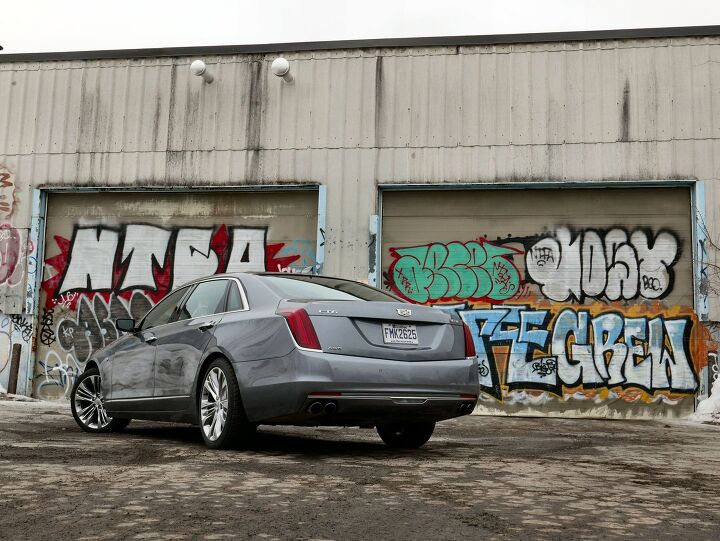





































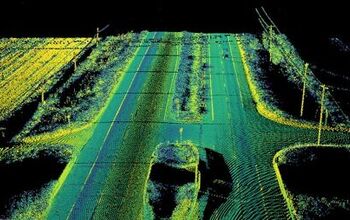

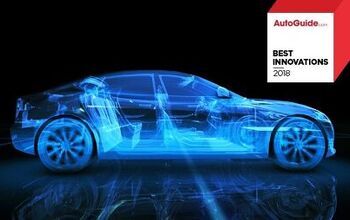


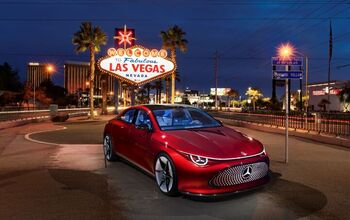


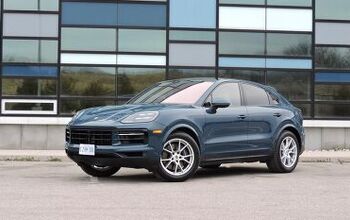
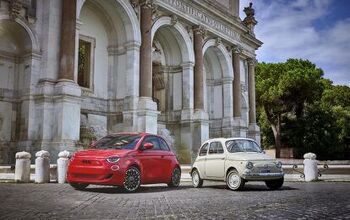
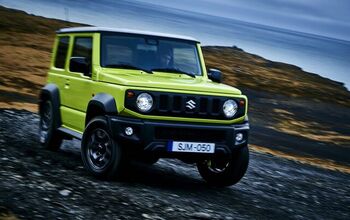

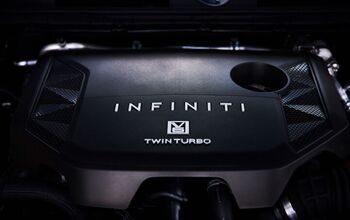


Comments
Join the conversation
Very nice in many ways but $90k makes it less desirable.